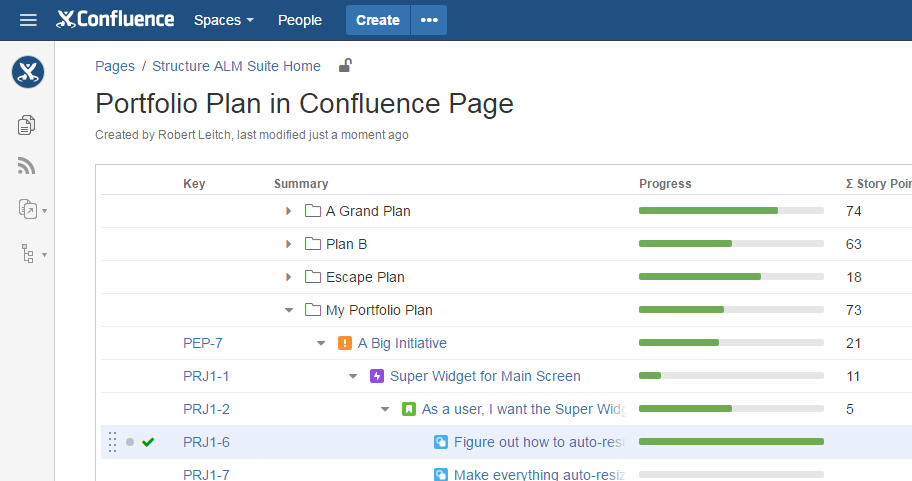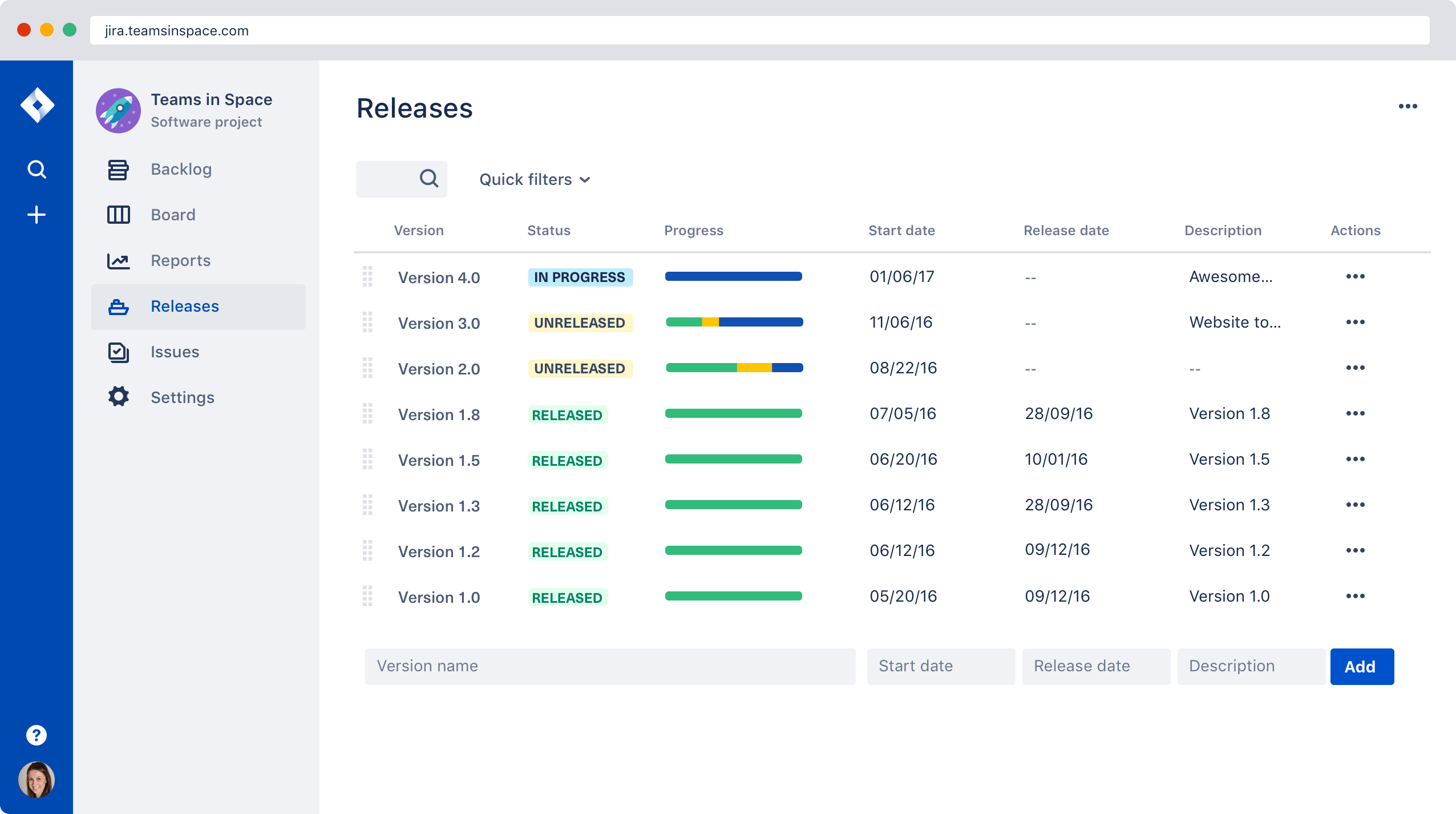

Instead of deleting the legacy data, the script erroneously deleted sites, and all associated products for those sites including connected products, users, and third-party applications. This data was from a deprecated service that had been moved into the core datastore of our products. “As part of scheduled maintenance on selected cloud products, our team ran a script to delete legacy data. In response to enquiries from Startup Daily, Atlassian’s PR company issued the following statement, attributed to a spokesperson:

The company said it expects that “most site recoveries to occur with minimal or no data loss” Atlassian wrote in a tweet.Ītlassian is updating its status page every three hours and by April 10 it appeared that it had been able to restore partial access for some customers although a considerable among of restoration remains ahead. We will be doing that & publishing it publicly,” Atlassian said in reply. “For all major incidents we have a post-incident review process to review the cause of the incident & technical changes that need to happen to prevent recurrence. What a mess!”, the company apologised “for not being more proactive in our communication with you” adding that its first priority is getting sites back up and running. In response to user Laurence O’Toole saying “ Day 5 of #Atlassian outage. We've spoken with them but they cannot give us an RCA or an ETA of when we will be restored. The company unable to say when services will be restored, attempting to assure customers that engineers are working on it around the clock via Twitter.īut many of the customers hit by the problem have complained about the lack of communication from Atlassian about what’s going on.

"hundreds of engineers"Ītlassian has more than 200,000 customers. While the company told them it had “mobilized hundreds of engineers across the organization to work around the clock to rectify the incident”, many expressed wondered why Atlassian would deploy so many engineers to work on a problem impacting “a small number of site”. Multiple users took to Twitter to vent their frustrations and try and find out what was going on. Several cloud services have now been down for a week for those customers, meaning they’ve lost access to Jira Software, Jira Work Management, Jira Service Management, Confluence, Opsgenie Cloud, Statuspage, and Atlassian Access. We’re sorry for the frustration this incident is causing and we are continuing to move through the various stages for restoration. While running a maintenance script, a small number of sites were disabled unintentionally. The incident first occurred around April 5, with the company acknowledging the problem on Twitter two days later. Add a new data source to your reporting project as usual.An estimated 400 Atlassian customers have had access cut for up to a week in an ongoing problem the company has blamed on a maintenance script.
CONFLUENCE JIRA CLIENT DRIVER
Add the JDBC driver for JIRA in the tool's Java classpath.The example below is for Eclipse BIRT however other tools would work similarly. In order to authenticate by using the Windows/NTLM protocol, the users have to include the domain name in their usernames: DOMAIN\username as shown below: String jiraUsername = "MYDOMAIN\\john" Connect from a third party client reporting tool (BIRT) The JDBC driver authenticates the user against JIRA by using the JIRA base URL and the JIRA user's credentials. Connect to JIRA just like to any other regular relational databaseĬonnection conn = DriverManager.getConnection("jdbc:jira:" + jiraBaseUrl, jiraUsername, jiraPassword) String jiraBaseUrl = " String jiraUsername = "john"
CONFLUENCE JIRA CLIENT PASSWORD
Java -jar sql4jira-jdbc-driver-1.4.jar jdbc:jira: password Connect from a custom Java programĬlass.forName(".Driver") Java -jar sql4jira-jdbc-driver-1.4.jar jdbc:jira: $ Database user's credentials: same than Jira user's credentials.


 0 kommentar(er)
0 kommentar(er)
